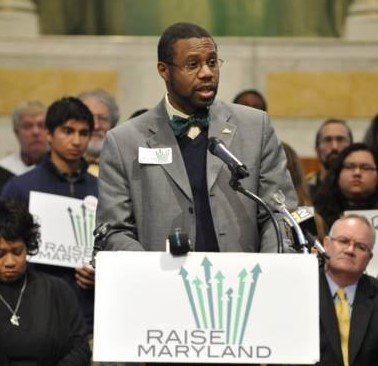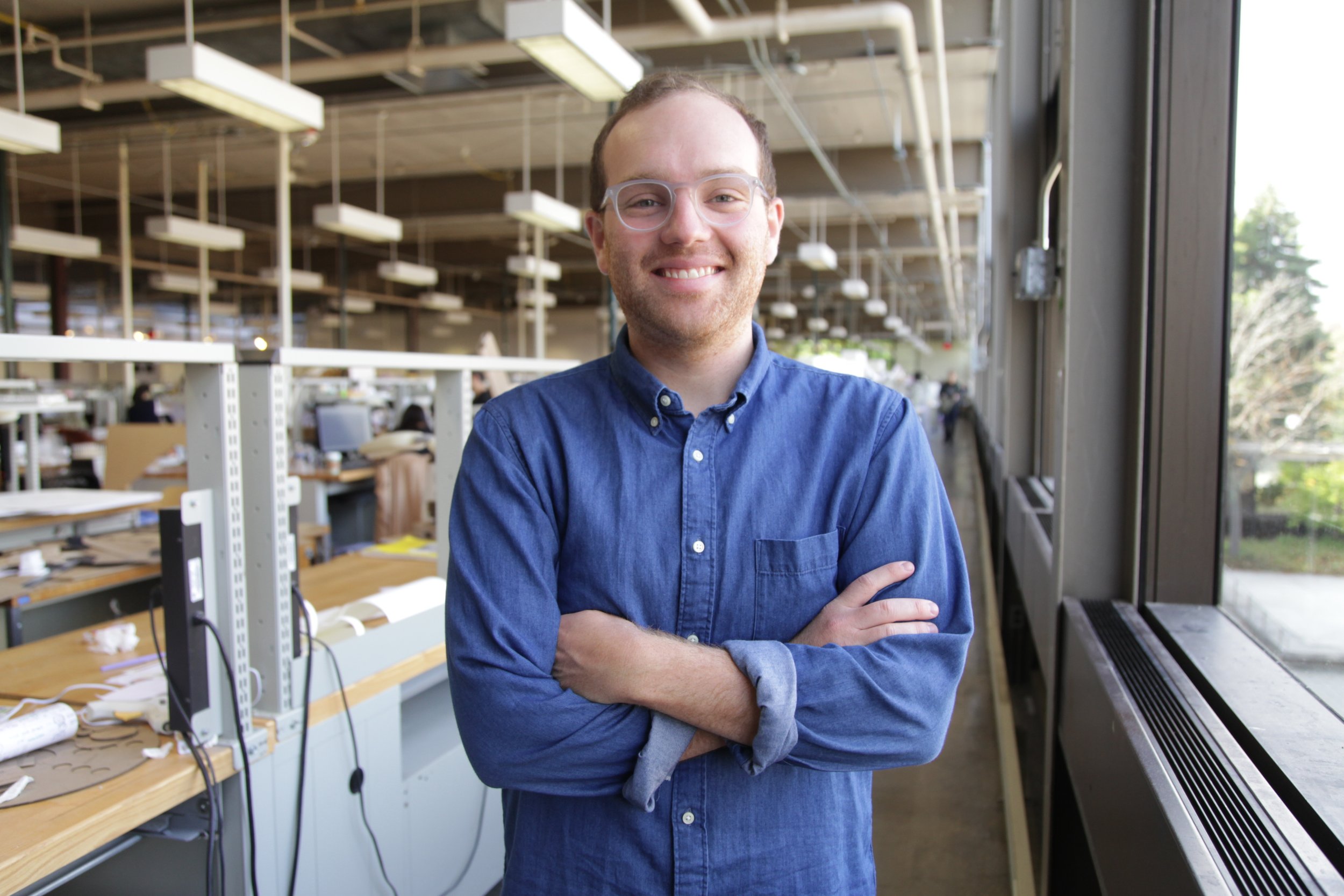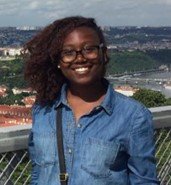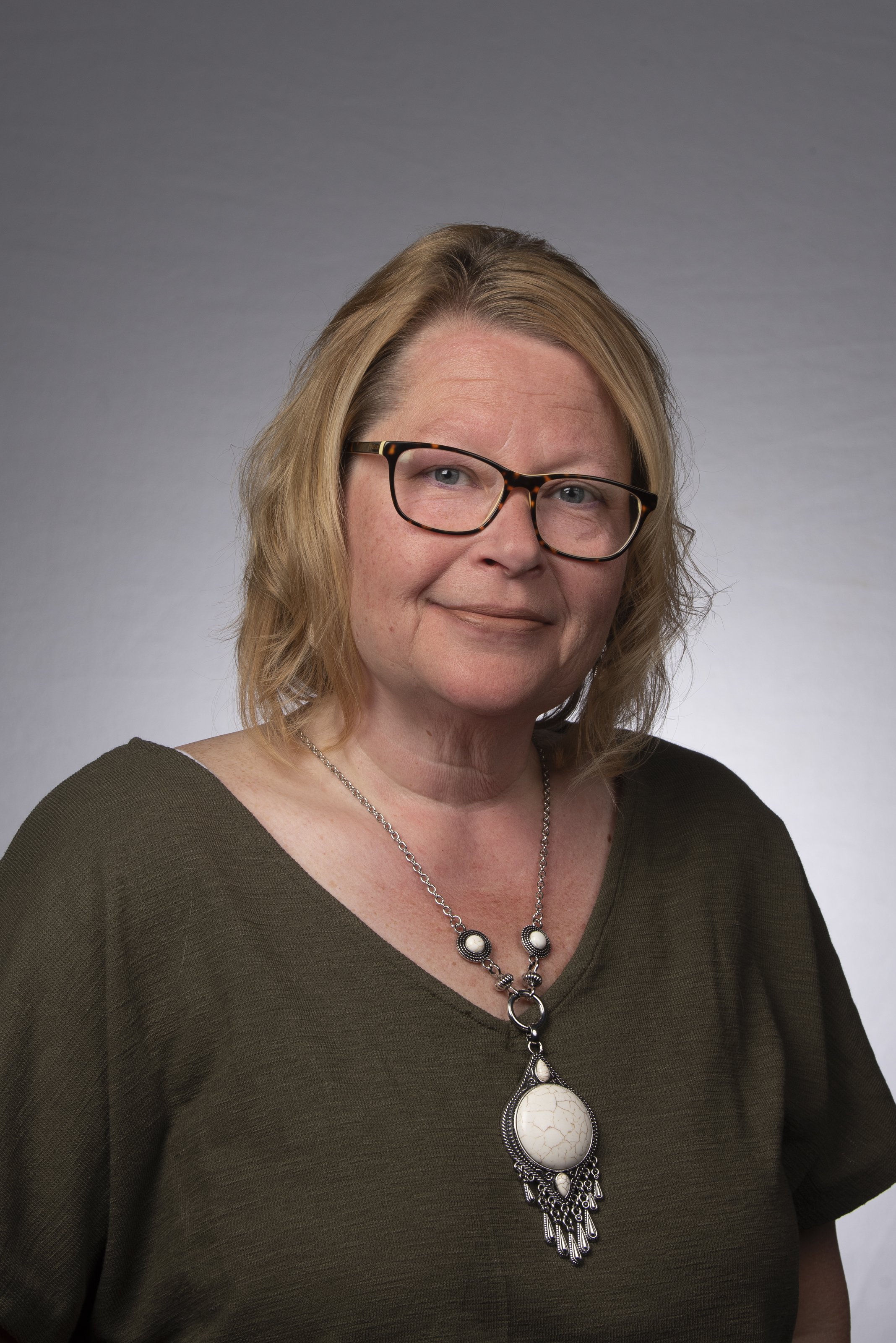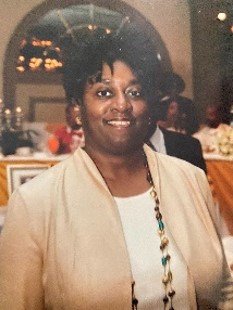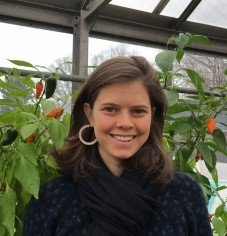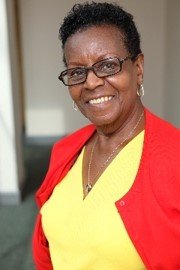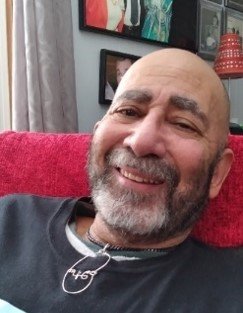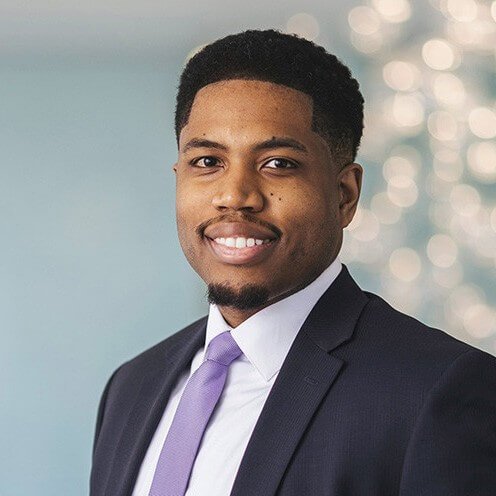Seated at the Table: A PhotoVoice Study
On June 16, 2022, the Johns Hopkins Center for Health Equity (CHE) hosted a symposium entitled, “Seated at the Table: Working Together to Promote a Healthy and Inclusive Food Environment in Baltimore.” The symposium served both as a platform for conversations about food disparities in Baltimore and as the premier of CHE’s Food Environment PhotoVoice project, in conjunction with the larger community-based dietary trial, “Five Plus Nuts and Beans for Kidneys.” Findings from the PhotoVoice project, which were conveyed during the symposium, emphasized the need for researchers to incorporate community voices and perspectives in order to develop effective policies and practices.
PhotoVoice is a research method that utilizes photographs captured and selected by participants regarding their lived experience of a particular topic. Participants are then asked to explore why they have selected their chosen images. These conversations reveal rich layers of understanding from the diverse perspectives of participants.
In preparation for the PhotoVoice project, participants attend a researcher-led session where the project is explained; they are then provided with a digital camera and trained how to use it. Over the following weeks, participants take pictures that express their perspective on a topic; then, participants are asked to select some images to explore in a group discussion that focuses on why the photographs were chosen, what makes them meaningful, and what participants think about each other’s pictures. In this way, participants work together to construct a shared narrative of their experiences.
PhotoVoice is a method that allows participants to act as co-researchers; they capture the photographs and interpret their meanings to the researchers and to each other, providing content and context. Primary data gleaned from participants’ photos guide the direction of the research. In essence, PhotoVoice gives power to participants and puts them in a more genuine partnership with researchers.
In Fall 2019, twenty-two Baltimore-based PhotoVoice participants were sent into their communities to capture their food environment. Over a 5-week period, they met in small groups to discuss what they photographed and what it meant to them.
Based on existing research, the researchers conducting this study expected that participants would return with photos of convenience stores and public markets. Baltimore, like other cities across the country, has become known as a food desert (meaning that it lacks readily-available healthy fresh goods) as well as a food swamp (meaning that is has an abundance of unhealthy food). Despite these expectations, participants produced photos that included a combination of aspirational photos demonstrating their love for their city alongside other photos illustrating the challenges of the food environment in Baltimore.
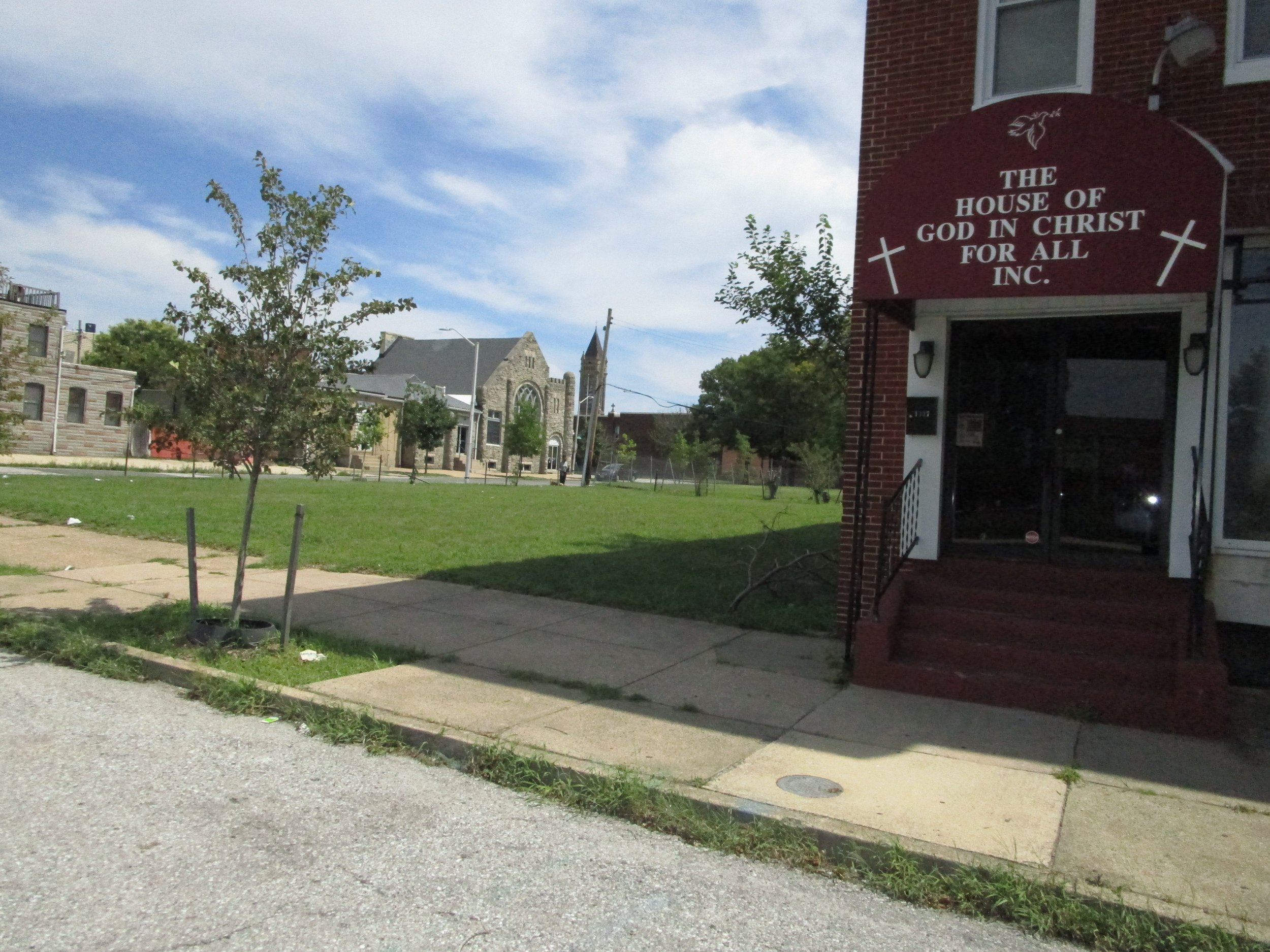



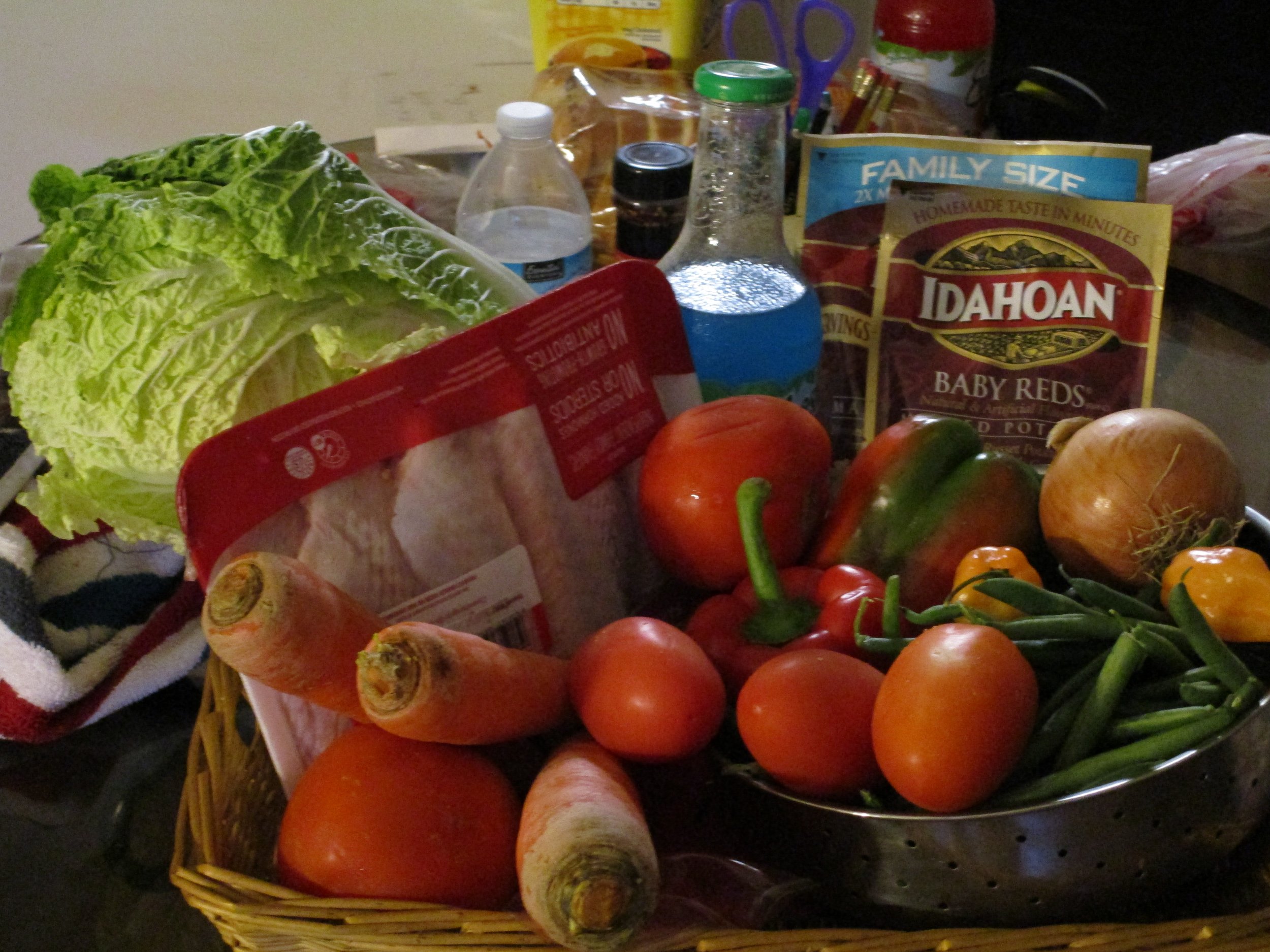
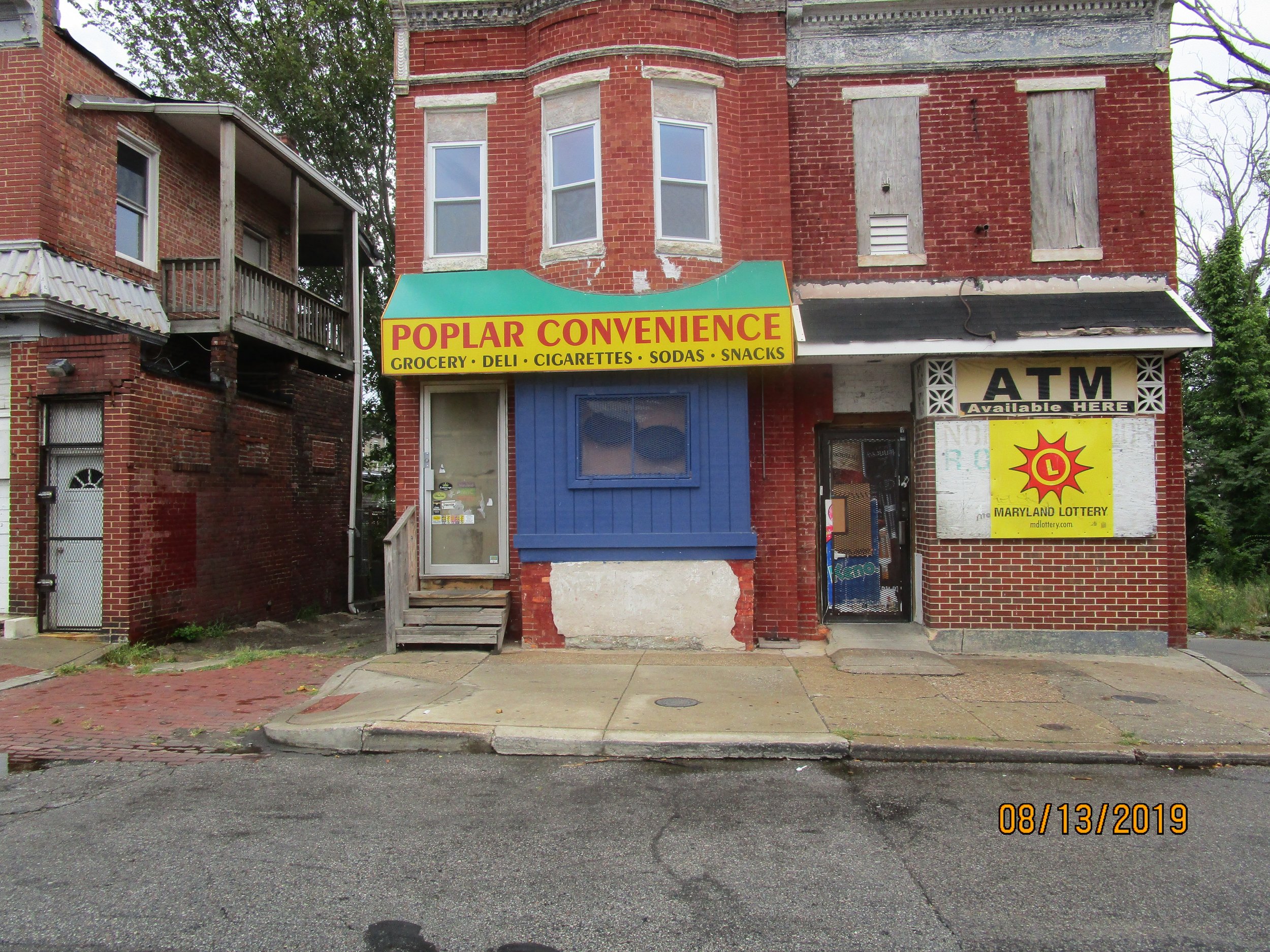
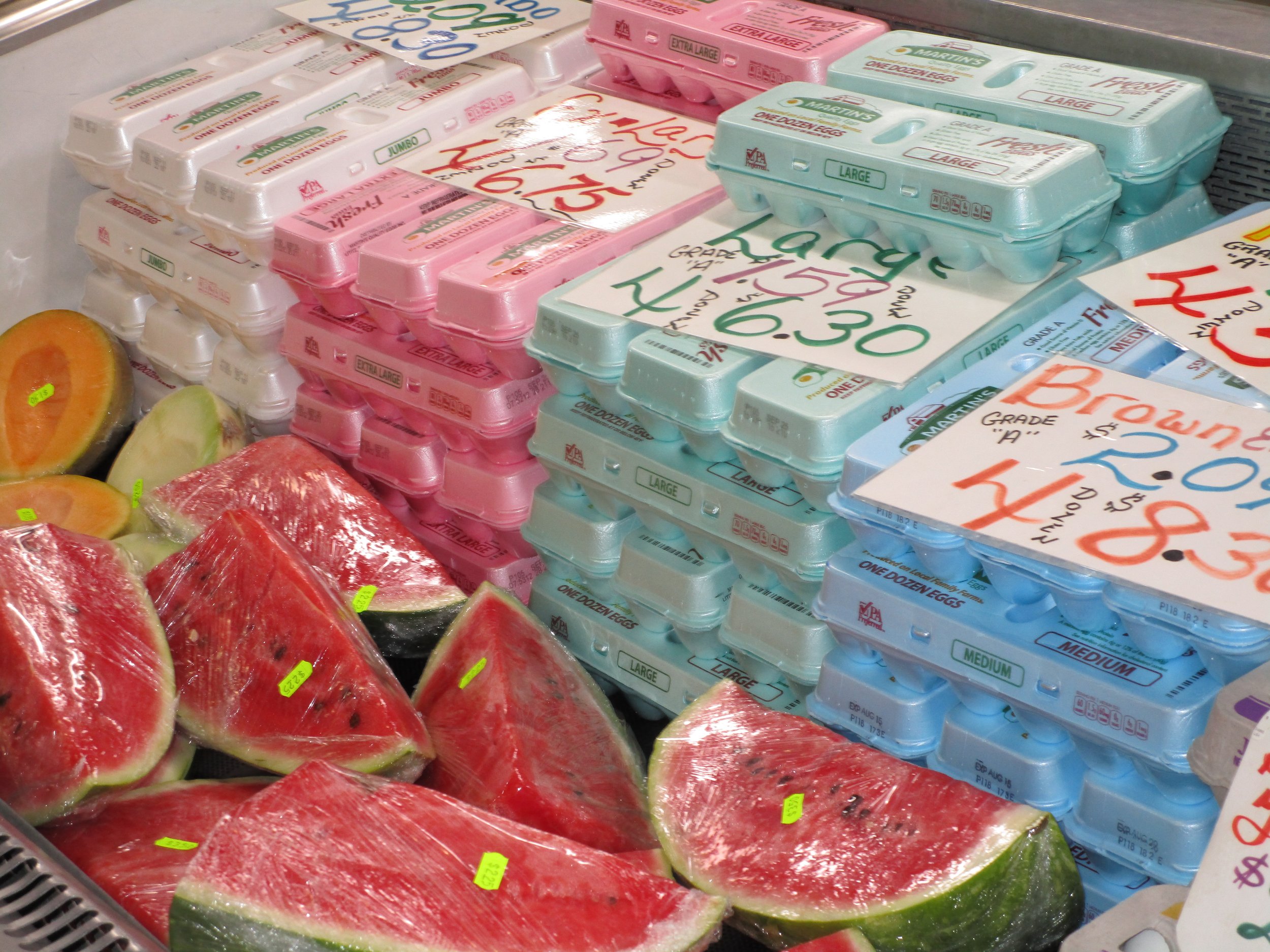
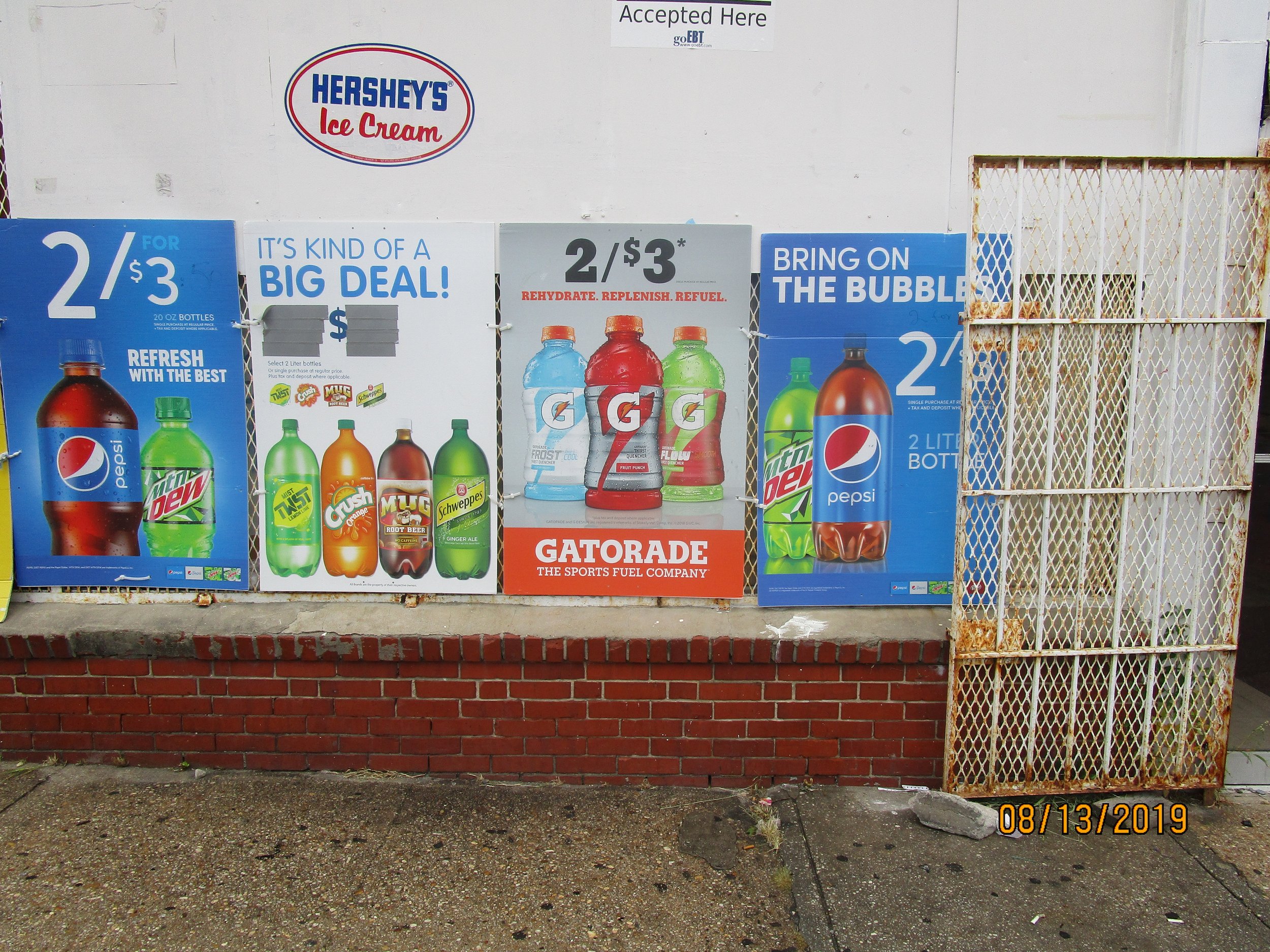





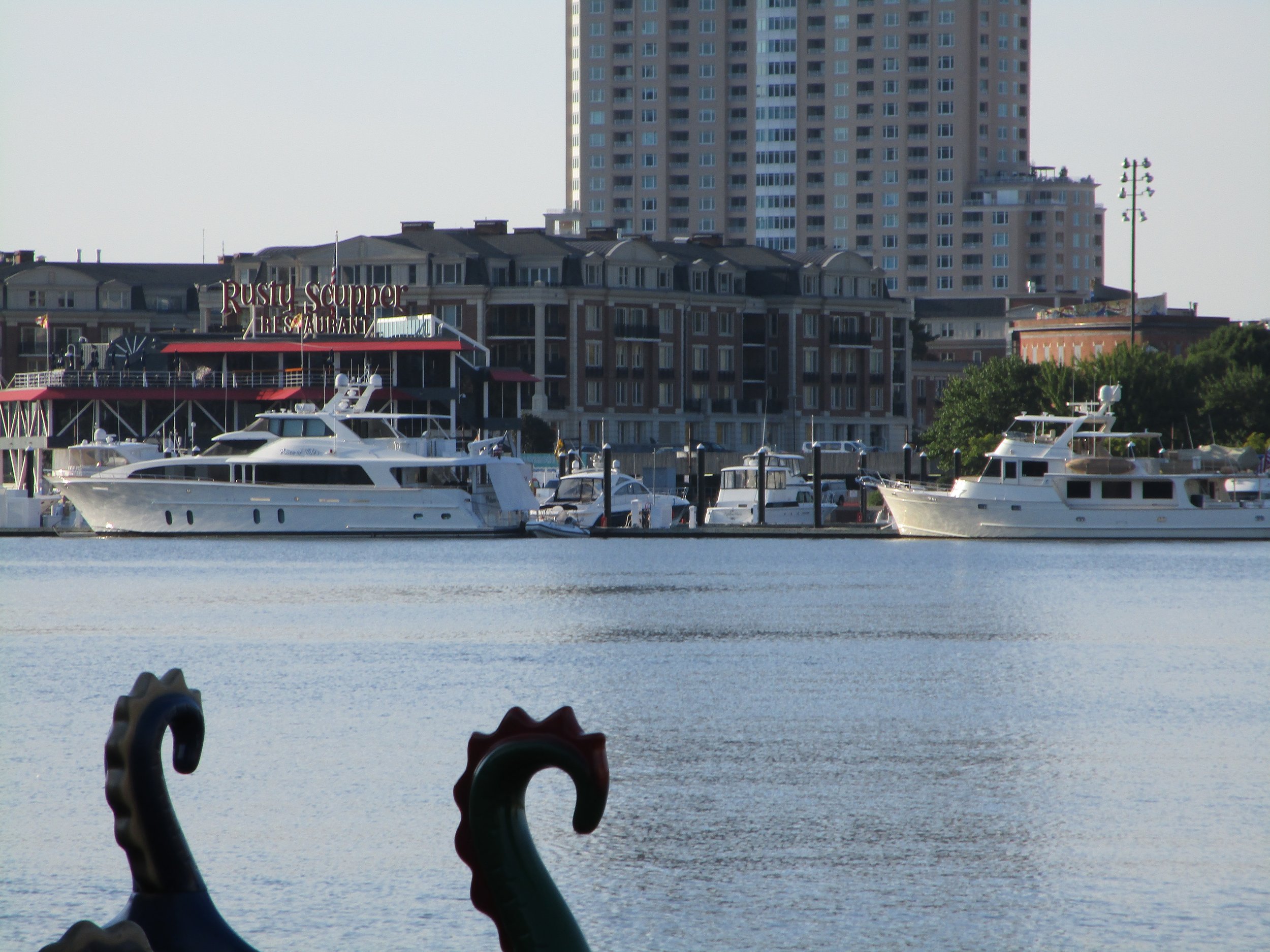
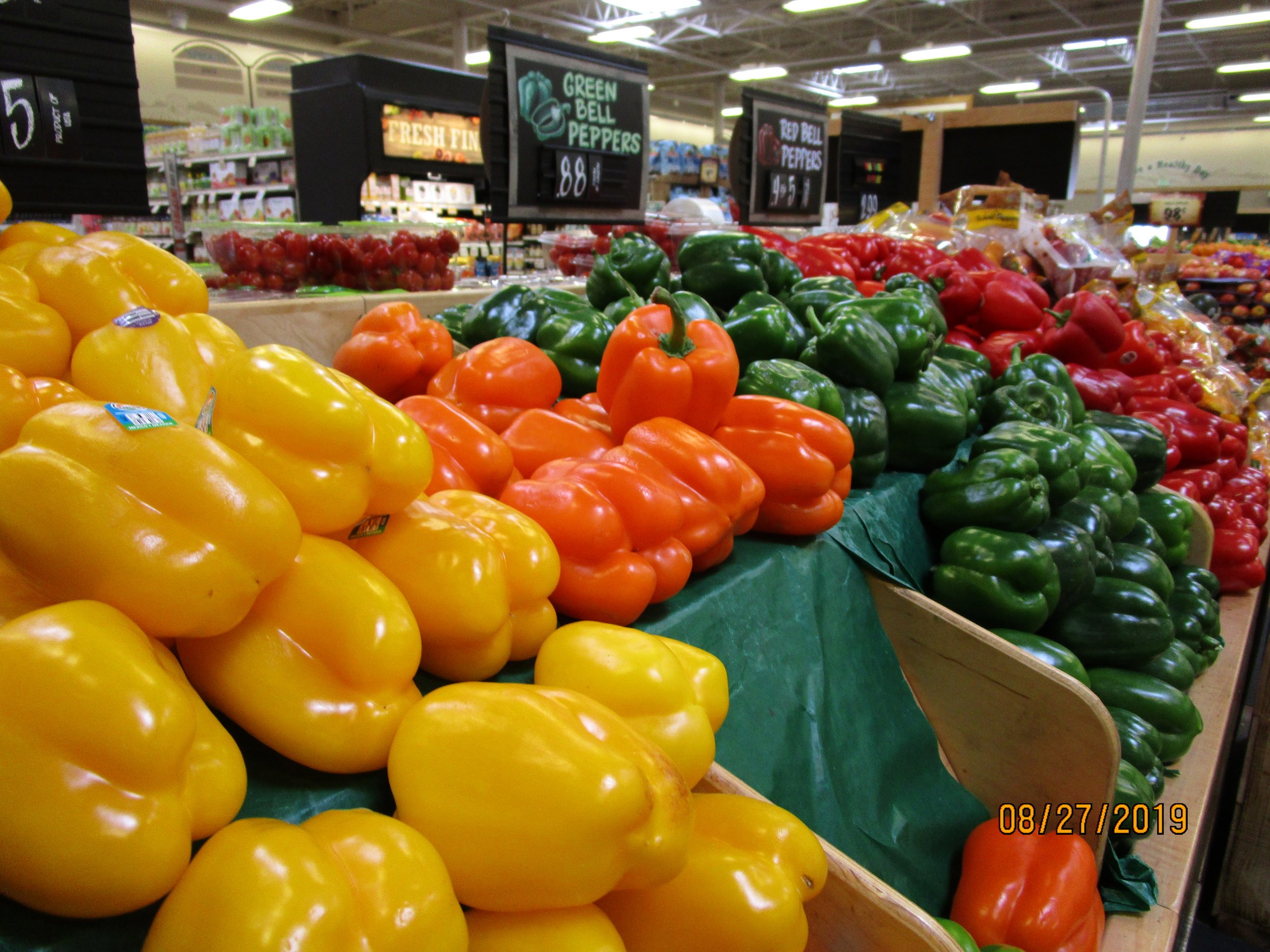

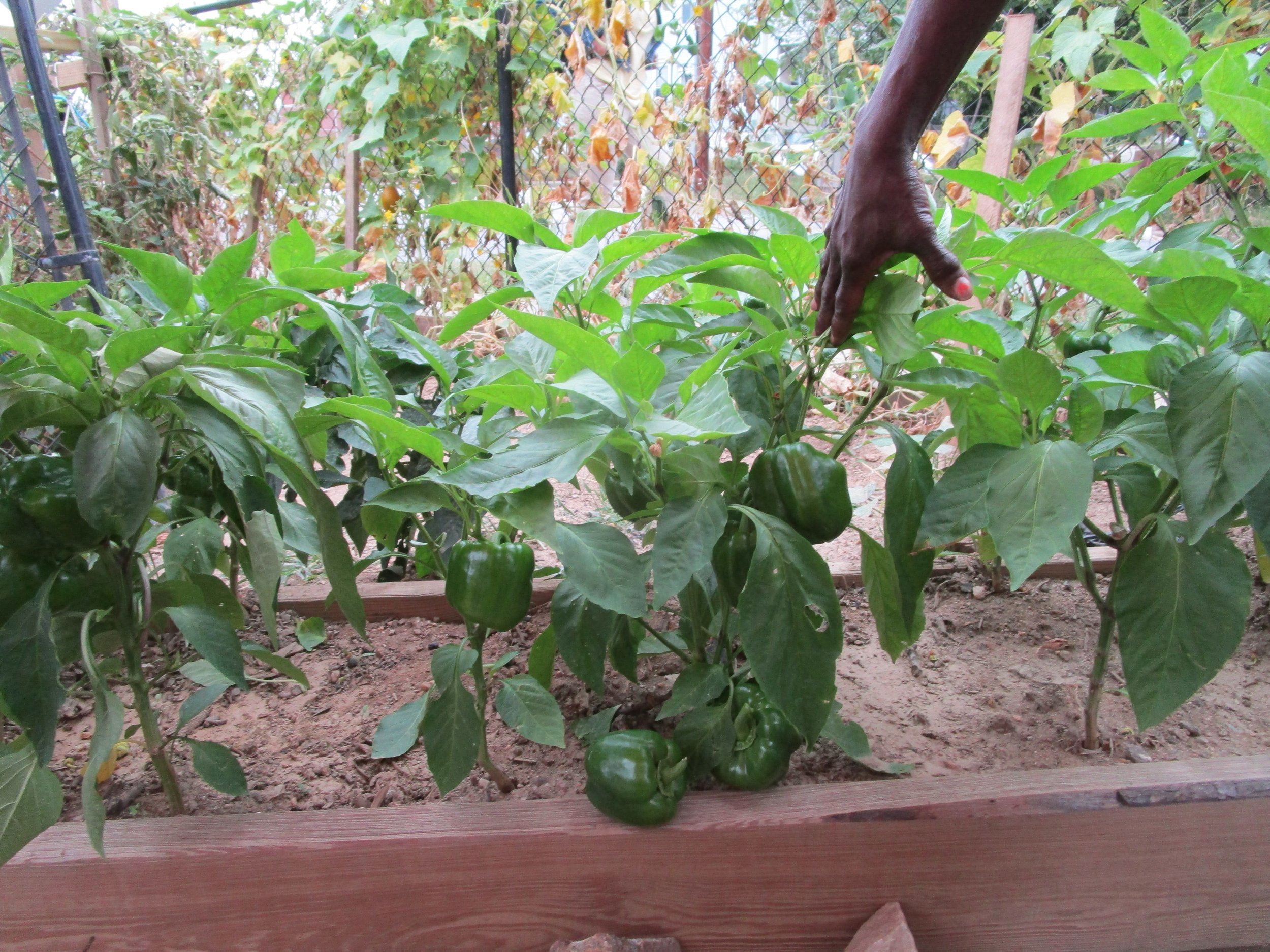
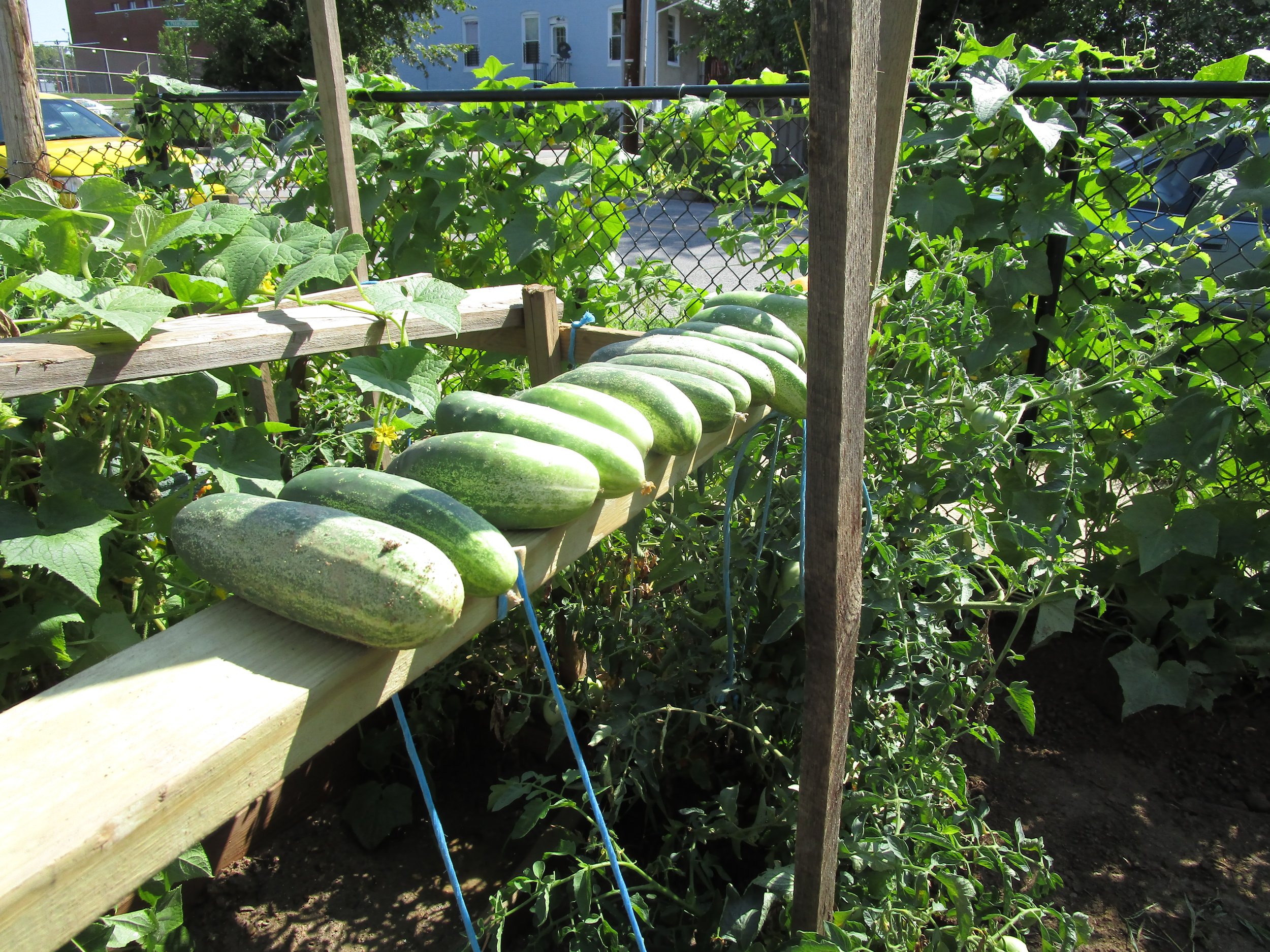
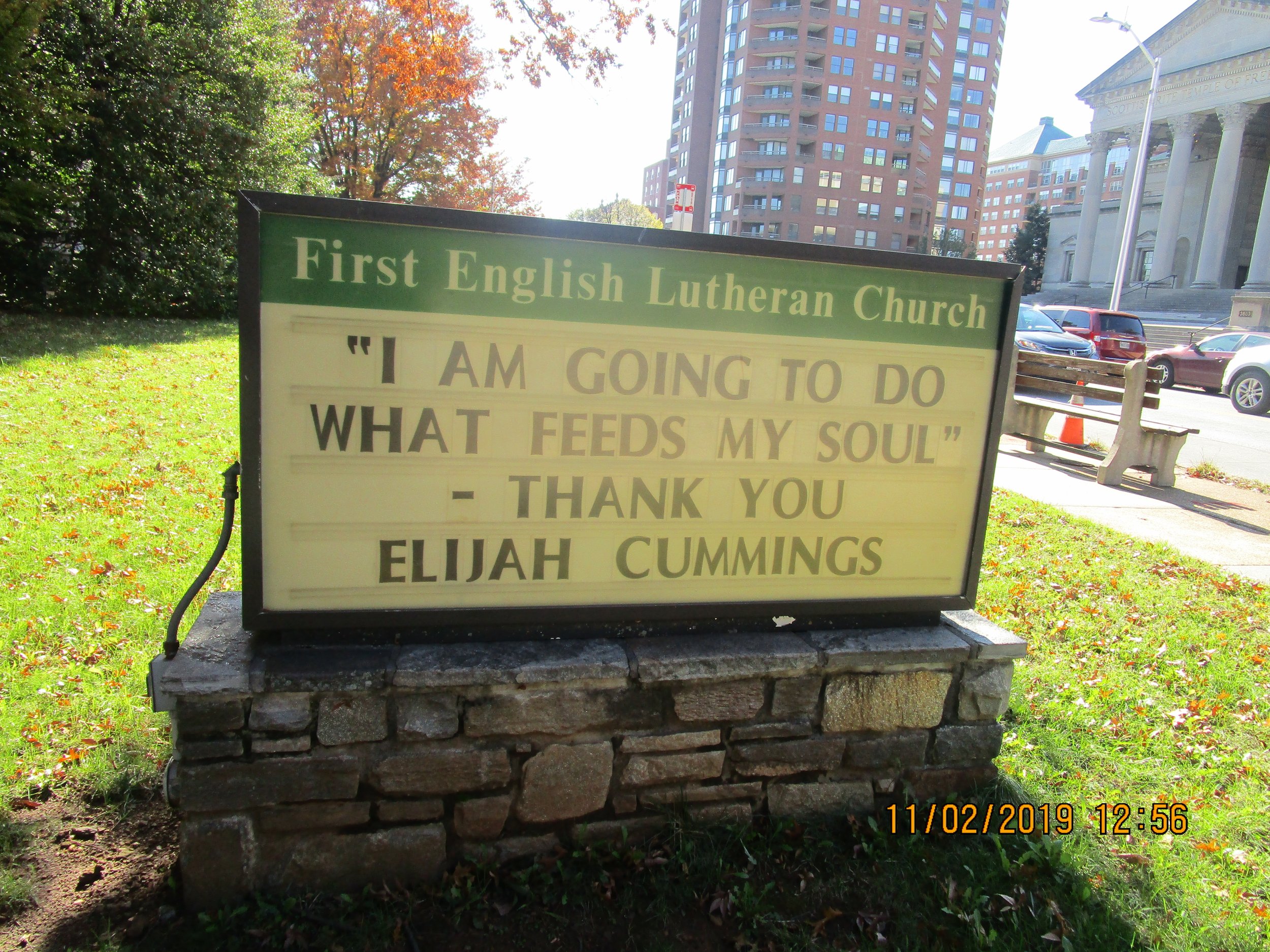
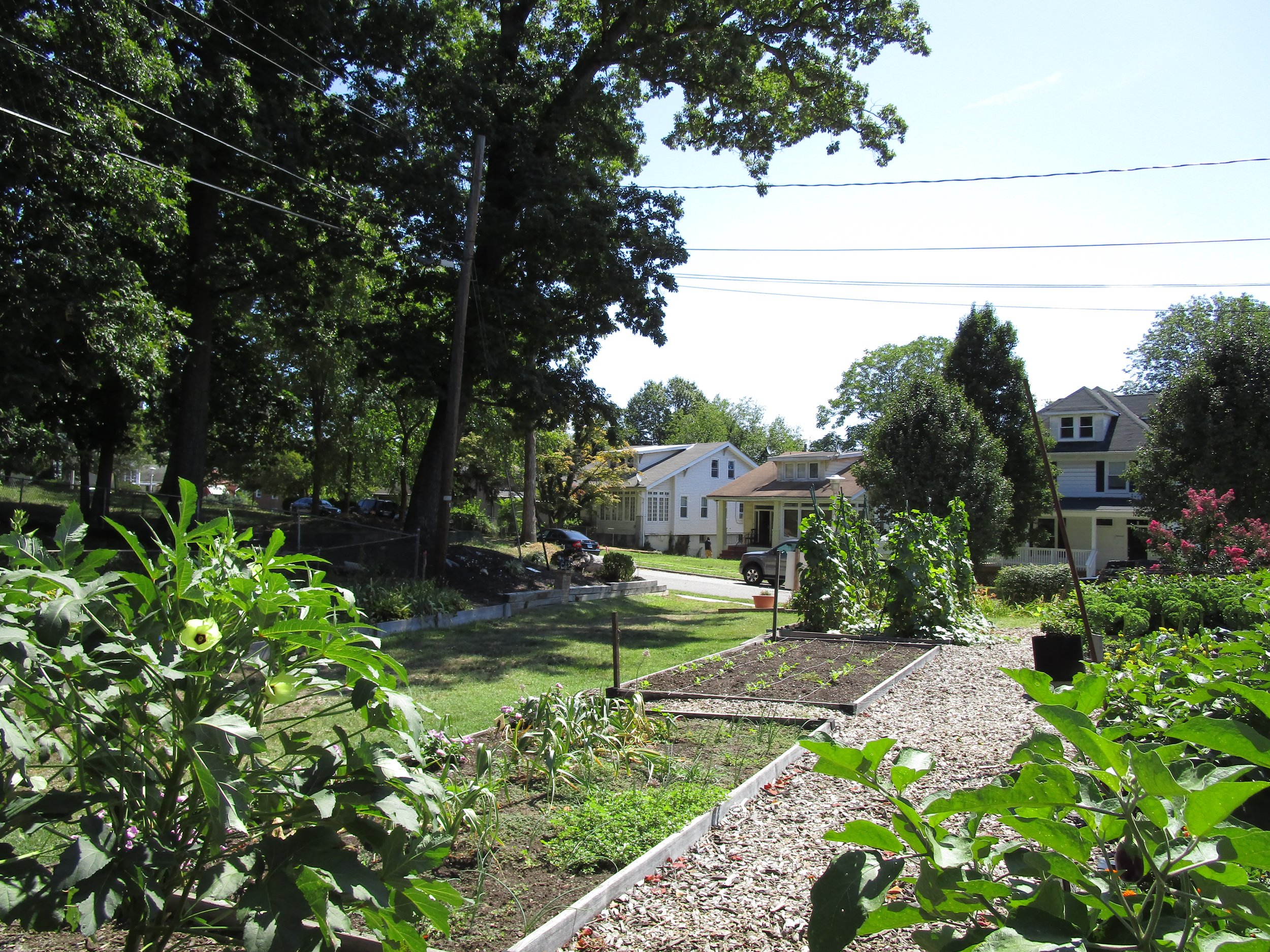
Residents brought far more than photographs to this study. Many brought ideas and experiences of how the food landscape in Baltimore has become this way, pointing to zoning ordinances, property values, sanitation, and taxes as some of the causes of food disparities in the region. Many participants were able to recall the evolution of Baltimore’s food environment from childhood through parenthood and even grandparenthood. Despite differences in personal experiences, participants were able to agree that the current food environment in Baltimore is a culmination of the direct and indirect effects of structural factors, policies, and practices.
In June 2022, as a culmination of the PhotoVoice Study, the “Seated at the Table: Working Together to Promote a Healthy and Inclusive Food Environment in Baltimore” symposium brought together local and national non-profit organizations, government representatives, business owners, and, of course, members of the community, including study participants.
The symposium was composed of three panels (Systems Level Issues; Advocacy, Agency, and Activation; and Community Asset-Based Approaches) followed by a crosscutting Q&A session. Panelists included:
Michael J. Wilson – Director for Maryland Hunger Solutions
Caitlin Misiaszek - Program Officer with the Food Communities and Public Health program at the Johns Hopkins Center for a Livable Future
Taylor LaFave - Chief of Food Policy and Planning and Food Policy Director with the Baltimore City Department of Planning
Delegate Marlon D. Amprey, Esq. - Member of the House of Delegates
Patricia A. Dash - Executive Director for the National Kidney Foundation Serving Maryland and Delaware (NKFMDDE)
George E. Franklin, III - kidney transplant recipient
Anne Rosenthal - City Schools Farm to School
Betsy Reid-Dorsey- retired emergency dispatcher
Richard Francis (Farmer Chippy) - Urban Farmer with eight years of experience growing food on vacant lots in Baltimore
Ms. Ivory Sanders - Descriptive analyst food taster with the McCormick Spice Company
Najahla Olumiji, Food Policy Fellow with the Baltimore City Department of Planning
In her opening remarks at the symposium, project lead Dr. Anika L. Hines declared “this meeting makes good on a promise to participants made two years ago - that we would center and amplify their voices.” Through the unveiling of the PhotoVoice gallery, comprehensive panel discussions, and opportunities for communication between members of the Baltimore community – from local residents to policymakers – this symposium served as a unique opportunity to “bridge these gaps [and] discuss these disappointments and aspirations in hope of creating a viable way forward—together—to ensure a healthy and inclusive food environment in Baltimore—where everyone has a seat at the table.”

